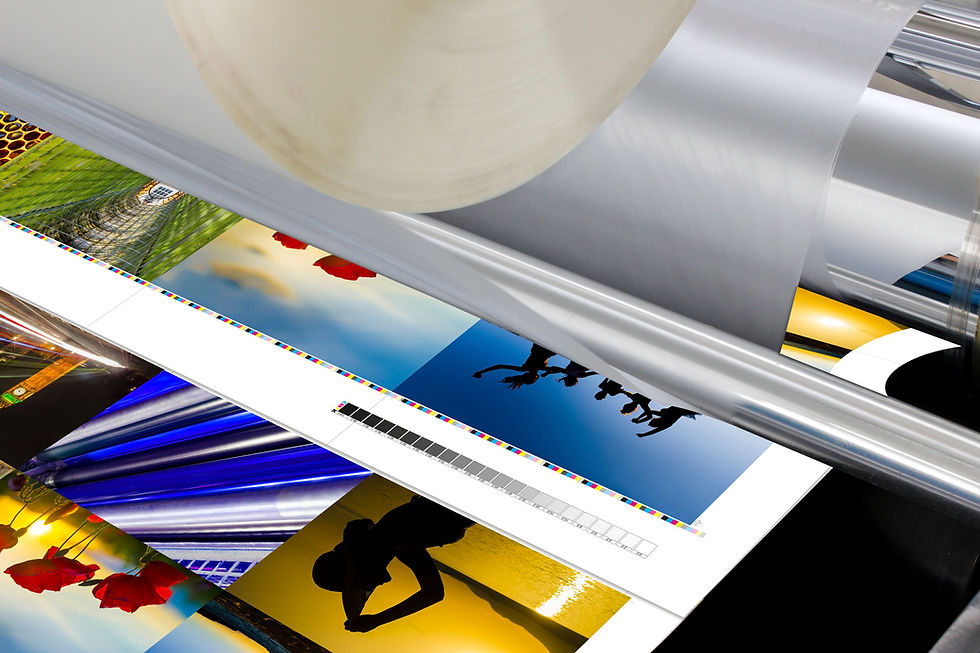The future of industrial design
- steve8125
- Aug 27
- 3 min read
In an age where innovation drives businesses, direct to object (DTO) printing is creating waves in industrial design. This method allows manufacturers to print directly onto a wide range of surfaces, from wood to metal, facilitating not only stunning designs but also efficiency and sustainability. As customers increasingly demand customisable products, DTO printing emerges as a key player in shaping the future of product manufacturing.
Direct to object printing enables the seamless application of high quality ink directly onto surfaces and onto actual 'products' of various shapes and sizes. This method eliminates many tedious steps associated with traditional printing.
Direct to object printing, which is most usually based on inkjet technology, offers manufacturers unrivalled customisation options, allowing them to deliver products that resonate with individual customer preferences. This flexibility means a small business can print a customer's name or an intricate logo directly on a product without large upfront costs, whilst larger manufacturers can use the process for a host of applications pertinent to their particular market sector.
This type of printing presents strong advantages. Traditional printing methods can require multiple steps – pre-press, set up, pre-treatment, and post processing – all of which drive up costs and time. DTO drastically reduces this complexity, making it easier and quicker to produce products, as it is a direct to press process – from file to product.
According to industry studies, switching to DTO printing can cut production times by as much as 30%. Companies can also produce items on-demand, further lowering waste and storage costs. And, it is easy to produce very small runs – even down to one – meaning that prototyping is easy and product development times are minimised.
With environmental concerns on the rise, many industries are also prioritising sustainability. Traditional printing methods often involve harmful chemicals and generate excess waste. In contrast, direct to object printing reduces overall production waste.

The beauty of direct to object printing lies in its versatility. It is applicable to various sectors, enhancing design and functionality across different products. For example, in the furniture industry, manufacturers can create eye catching designs on surfaces, allowing unique pieces to thrive in a competitive marketplace. In electronics, customisation becomes effortless; brands can offer coloured devices or unique patterns that appeal directly to consumers, all made possible by DTO. Further, if you need to print directly onto bulky parts, actual physical three-dimensional products, or strange shapes, DTO makes that easy, as you can print on practically anything (depending on the press you have, of course).
It is estimated that across sectors like consumer goods and automotive, DTO printing is expanding at a compound annual growth rate (CAGR) of approximately 15%, indicating its growing importance in the future of manufacturing.
Quality and durability are essential in any industrial application. Direct to object printing offers prints that are not only captivating but also built to last. The inks used are resistant to various elements, which helps maintain a product's appearance over the years.
This durability is crucial for items exposed to rough conditions, such as outdoor furniture or automotive parts.
As industrial design continues to transform, direct to object printing represents a decisive leap forward. With its strengths, DTO printing is likely to become a staple in product manufacturing.
Incorporating this innovative technique positions companies not only ahead of their competition but also aligns them with the rising demand for personalised and more eco friendly options.






Comments